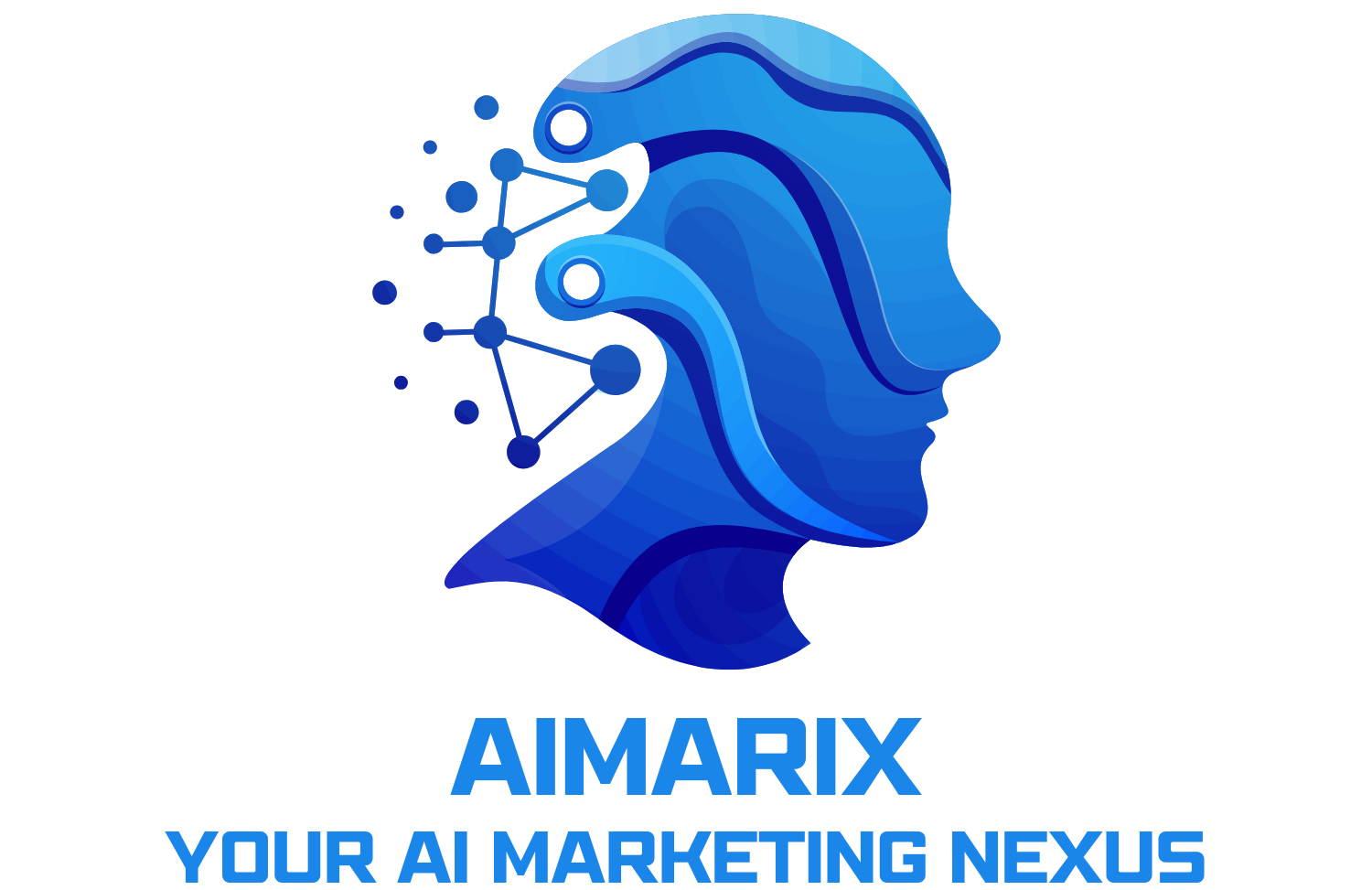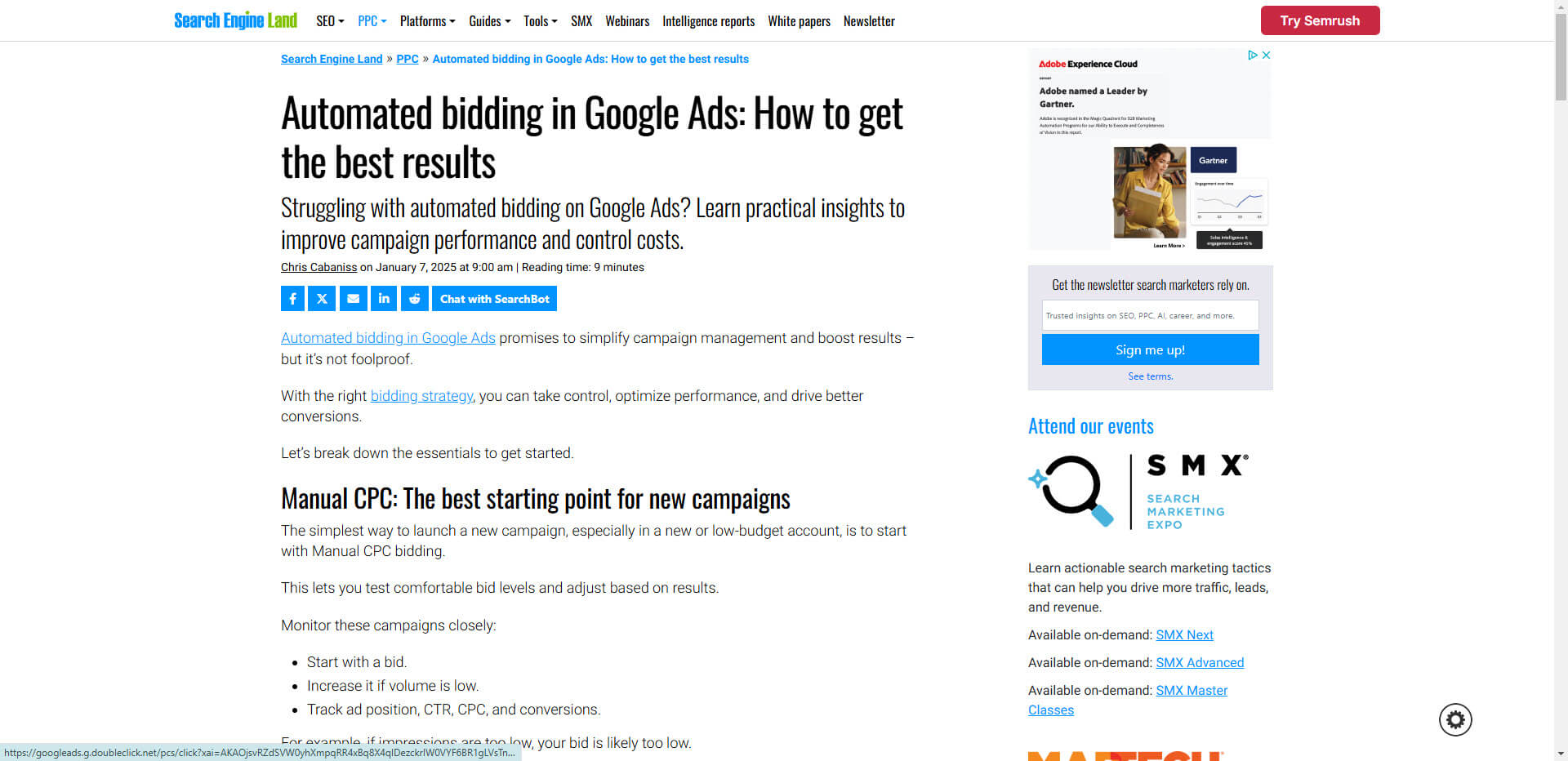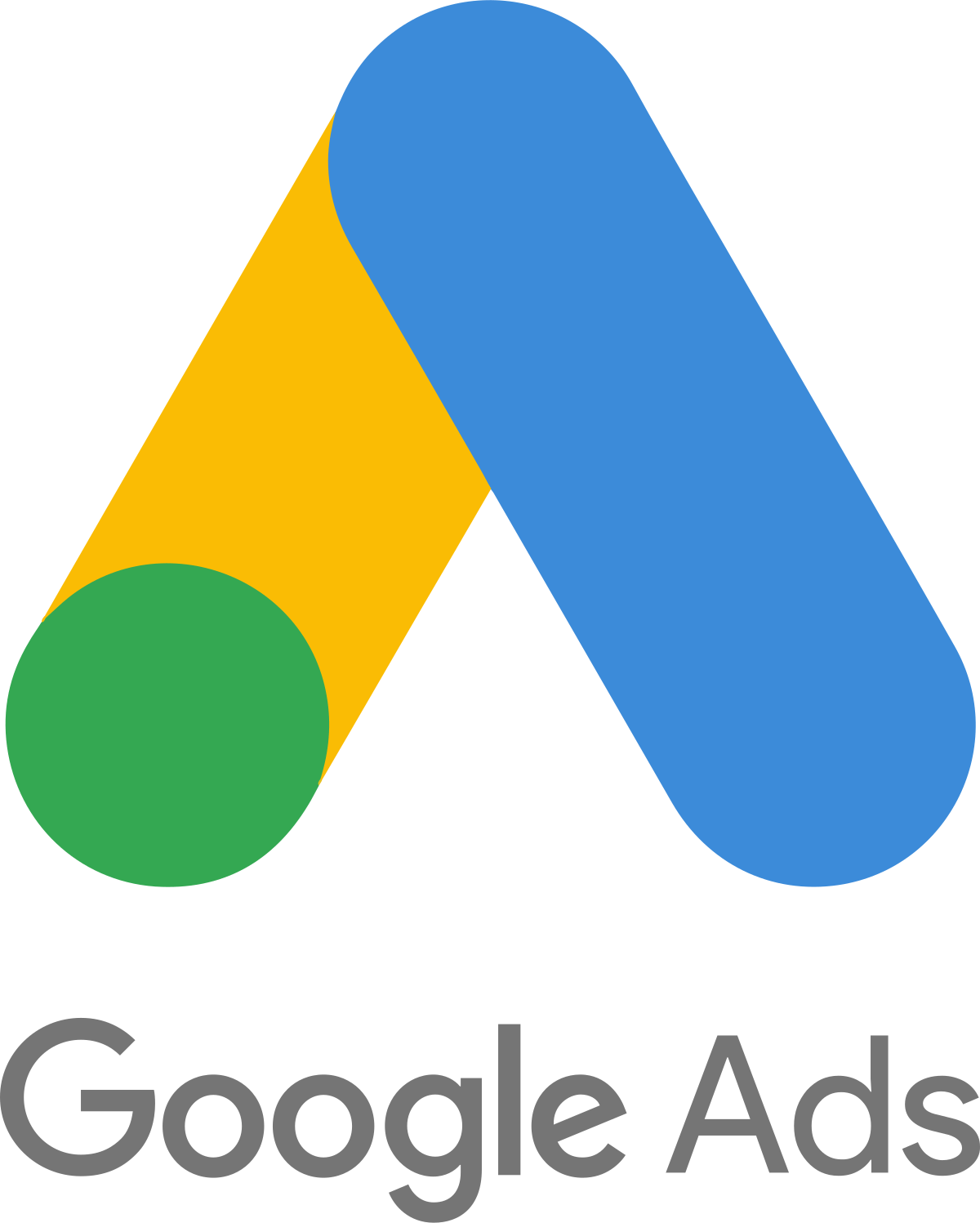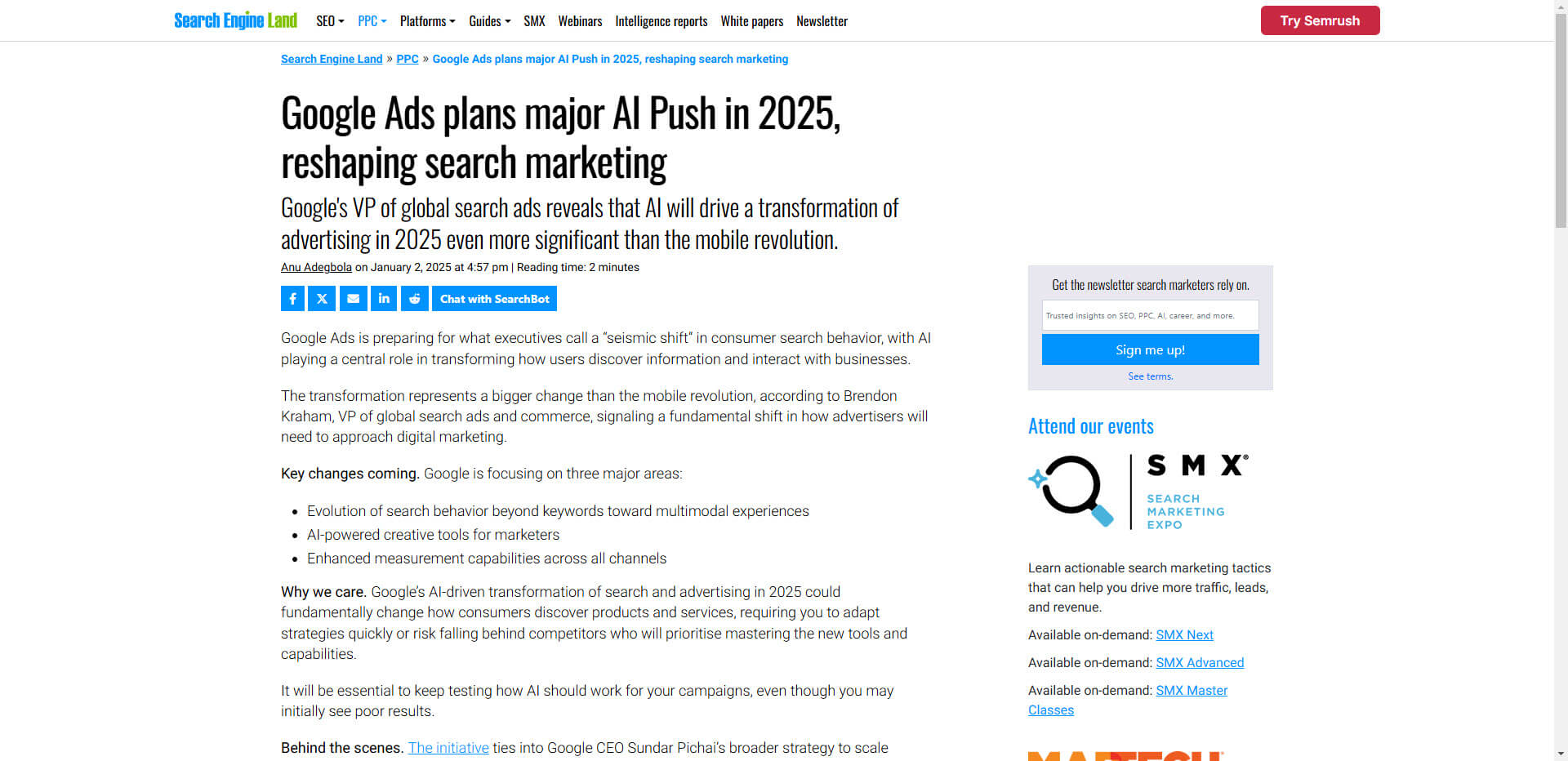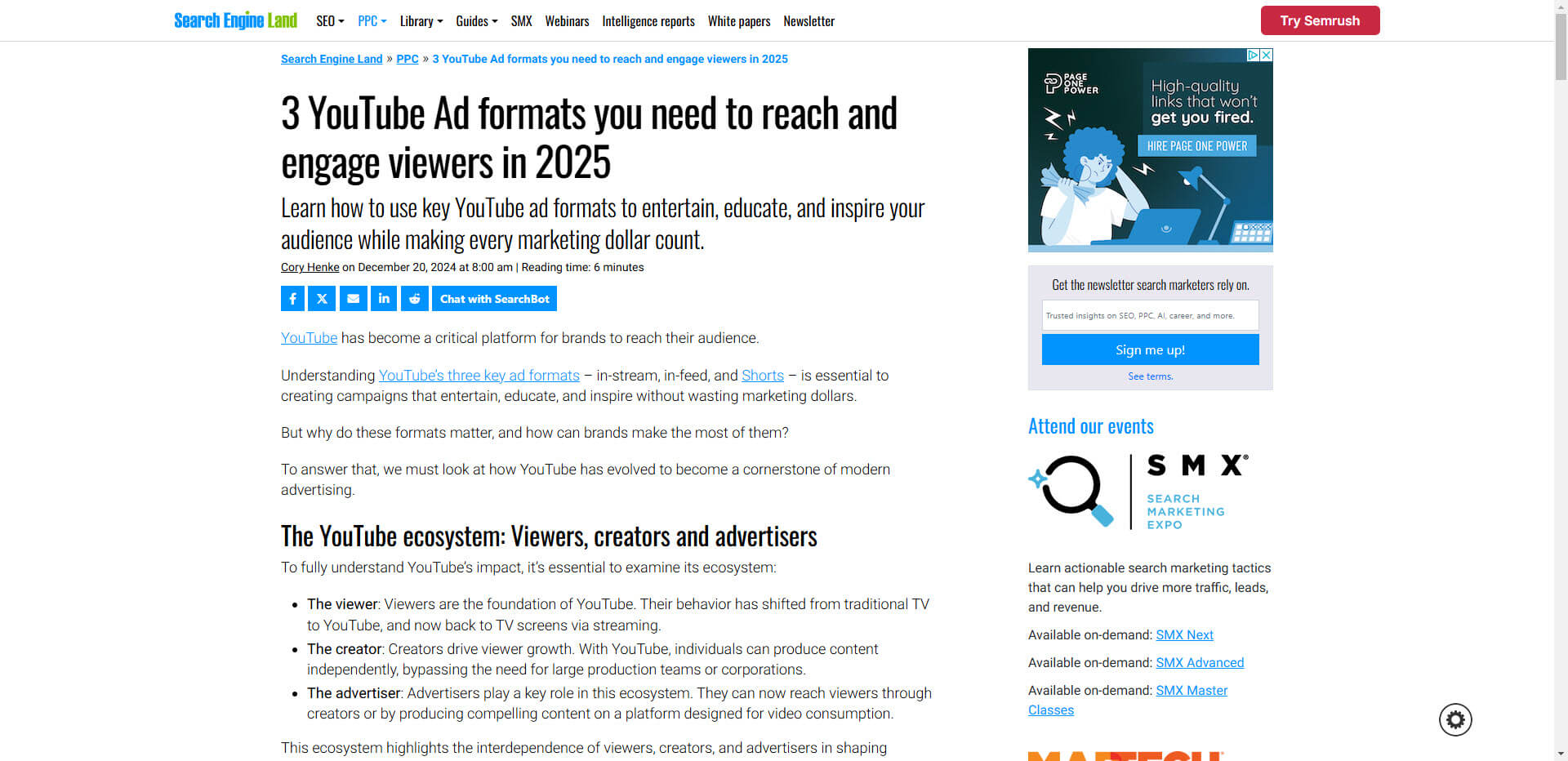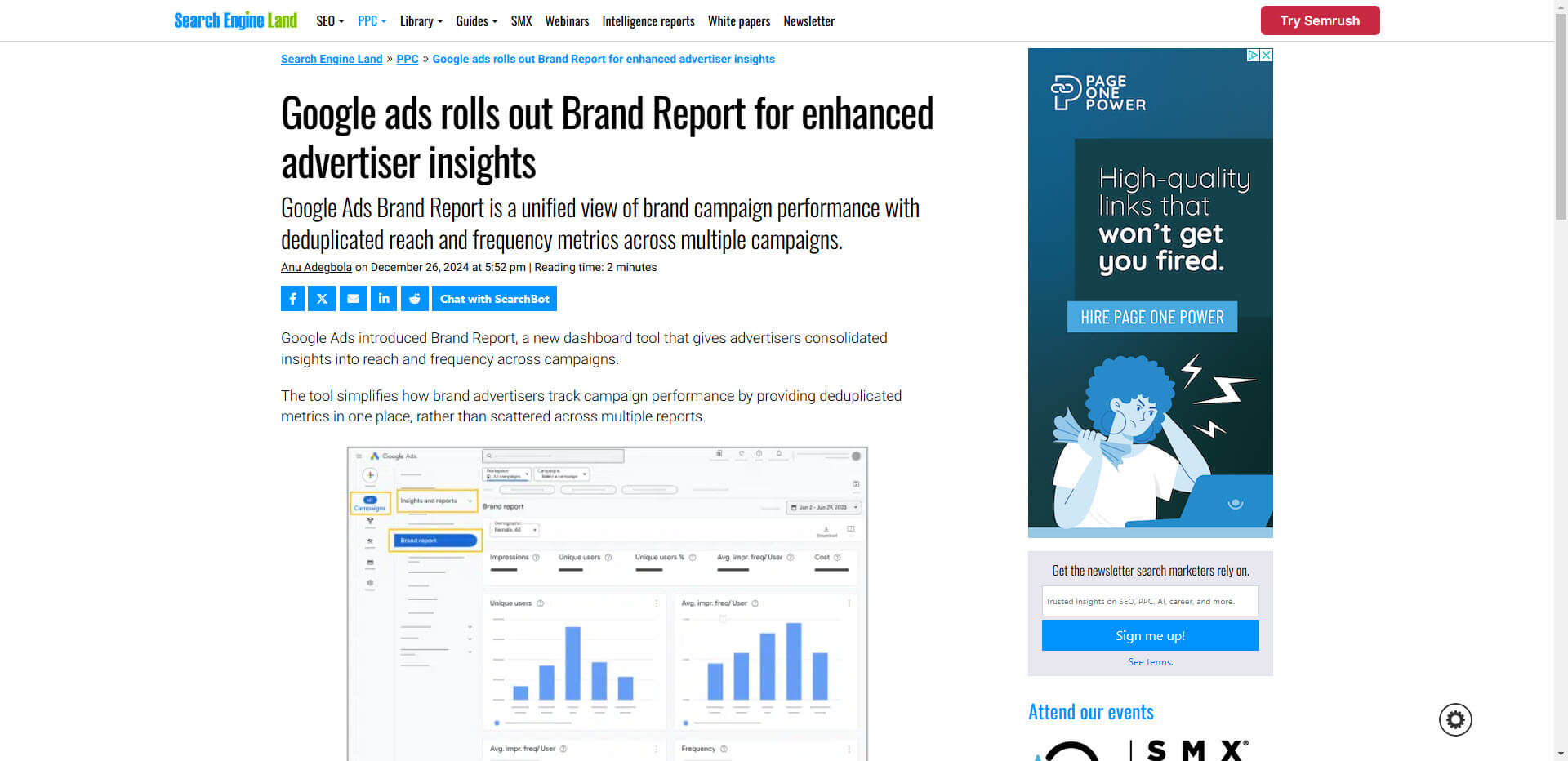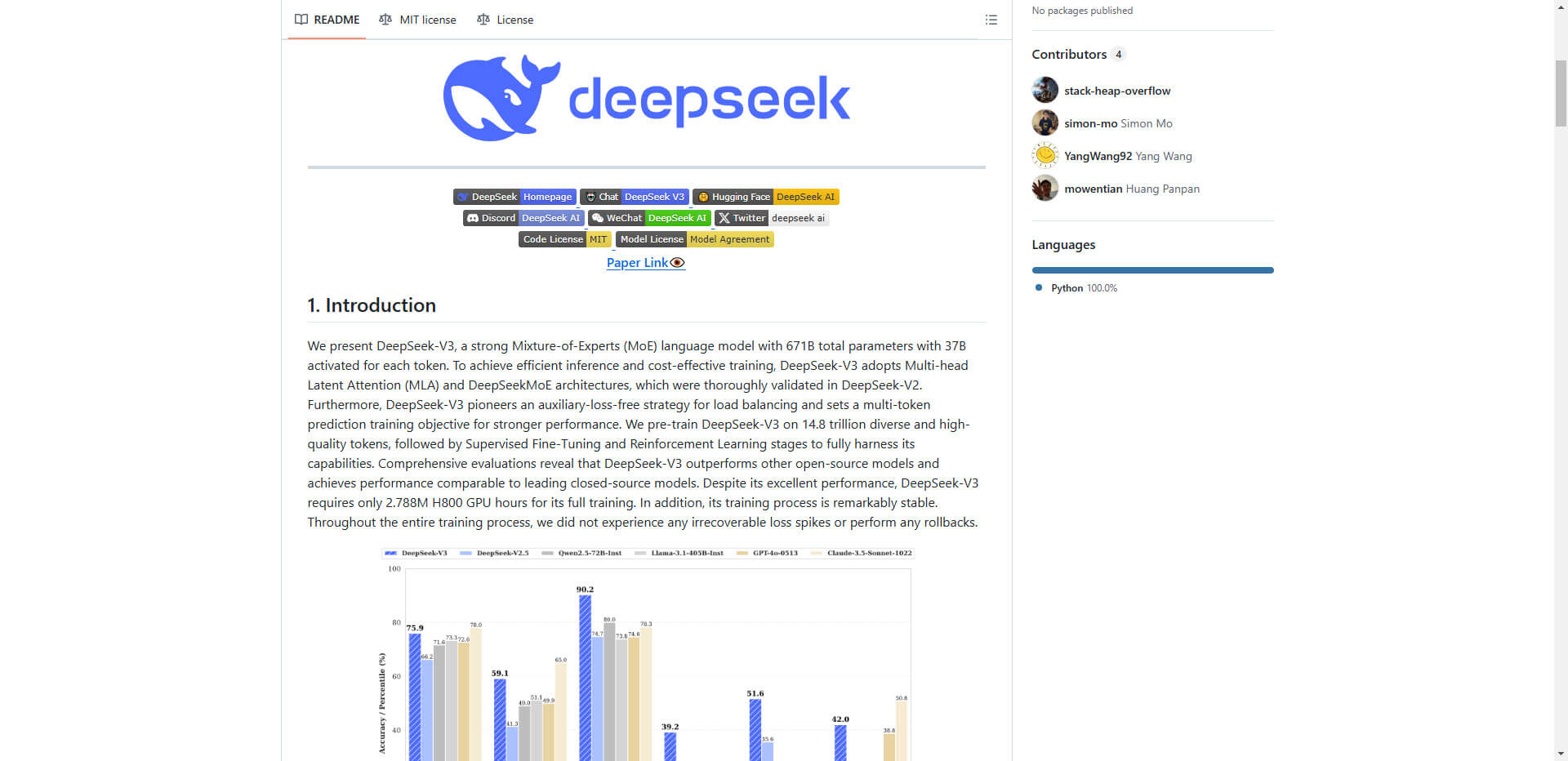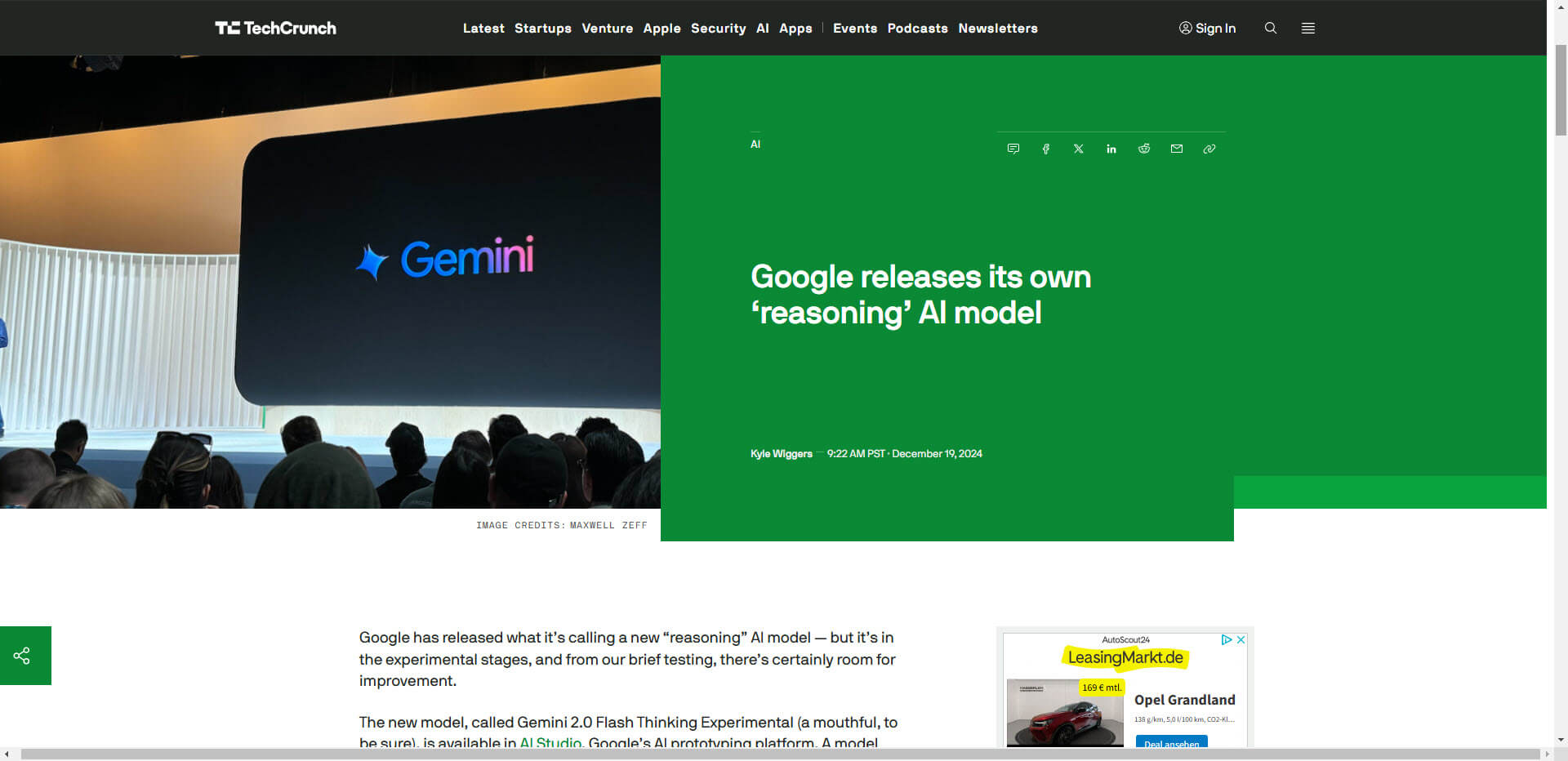If you’re looking to optimize your Google Ads campaigns in 2025, you’ve likely encountered the ever-growing list of automated bidding strategies. Each promises better results, yet not all are created equal—or suited for every business goal. In this article, we’ll examine why you should start with manual CPC, the pros and cons of the latest automation options, and how to choose the approach that aligns with your data and objectives.
 Florian
Florian
23 Tips for Effective Ad Copywriting: How to Maximize Clicks and Conversions
Great ad copywriting can mean the difference between an unnoticed ad and one that drives real results. Whether you’re looking to boost click-through rates (CTR), increase brand visibility, or convert browsers into buyers, crafting the perfect copy is essential. In this post, we’ll explore twenty-three expert tips designed to make your ad copy resonate with targeted audiences and lead to higher conversions.
Generative AI Agents: Designing Autonomy for Real-World Applications
Generative AI Agents are revolutionizing the way large language models (LLMs) interact with the world around them. These autonomous programs not only generate text but also access and utilize external tools (APIs, databases, etc.) to perform tasks. In this blog post, we’ll break down the key concepts behind Generative AI Agents, explore how their architecture is structured, and highlight their immense potential for real-world applications.
Google Ads Weekly Update: What will be important in 2025
Early 2025 is shaping up to be a transformative period for Google Ads, with a suite of changes designed to enhance user engagement, streamline creative workflows, and harness the power of AI for better pricing strategies and performance. In this blog post, we’ll explore each of these updates, from visual redesigns and automated discounts to video-focused ad formats and message asset integrations.
Google Ads’ Major AI Push in 2025: How It Could Reshape Search Marketing
The world of search marketing is on the cusp of a massive transformation. According to a recent article by Search Engine Land, Google Ads is gearing up for a significant AI overhaul in 2025, promising to reshape how advertisers connect with their audience. In this blog post, we’ll break down Google Ads’ AI-driven roadmap, explore potential strategies for adapting to these changes, and provide actionable tips for ensuring your campaigns stay effective.
Mastering YouTube Ads in 2025: How to Reach and Engage Today’s Viewers
As the second-largest search engine in the world, YouTube offers a powerful platform for brands to connect with diverse audiences. From bumper ads to skippable in-stream videos, YouTube has a multitude of ad formats designed to capture attention and boost engagement. In this blog post, we’ll unpack some of the most effective YouTube ad formats and share best practices for using them to reach your marketing goals.
Google Ads Brand Report: Key Takeaways for Modern Marketers
Google Ads has rolled out a new Brand Report, offering advertisers enhanced visibility into how their brand is resonating with audiences. This development could be a game-changer for digital marketers looking to track brand performance and measure the impact of PPC campaigns. Below, we’ll dive into what the Brand Report is, how it works, and why you should integrate it into your marketing strategy.
DeepSeek V3: How Advanced AI is Transforming the Future of Search
As data continues to grow at an exponential rate, organizations and developers alike need cutting-edge solutions to streamline information retrieval. Enter DeepSeek V3, an open-source AI project from deepseek-ai that’s redefining search capabilities with advanced semantic understanding, efficient performance, and robust extensibility. In this post, we’ll unpack the key features of DeepSeek V3, show you how it addresses common search challenges, and share tips on leveraging its capabilities for your projects.
Google’s Reasoning AI Model Signals a New Era of Thoughtful Computing
As artificial intelligence evolves, it’s no longer just about rapid response times and large-scale data processing. The latest milestone, featured in TechCrunch’s report on December 19, 2024, spotlights Google’s new reasoning AI model—a system designed to “think” before answering. This innovation marks a major shift from generative text completion toward a more interpretive, transparent, and human-like approach to problem-solving.
